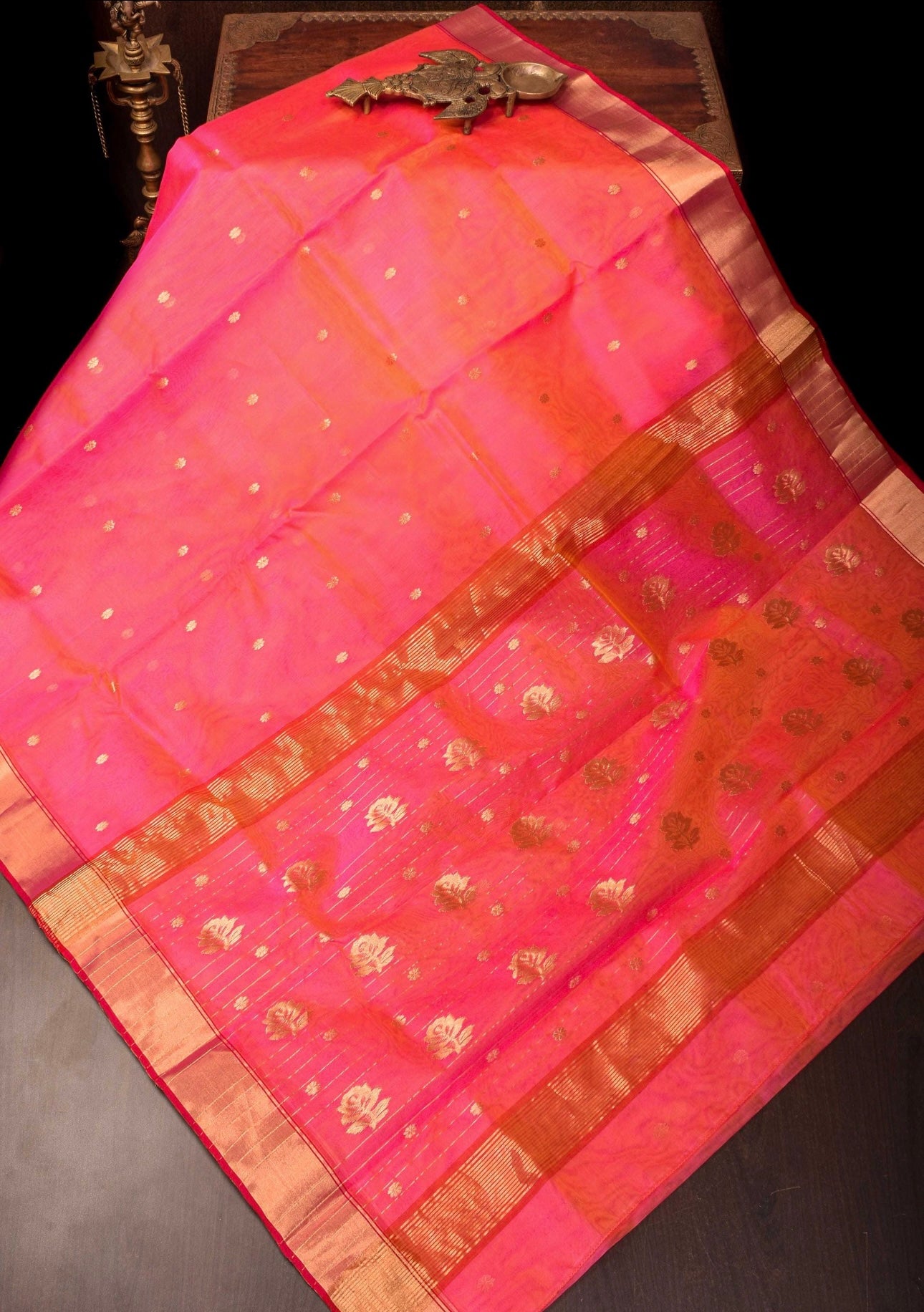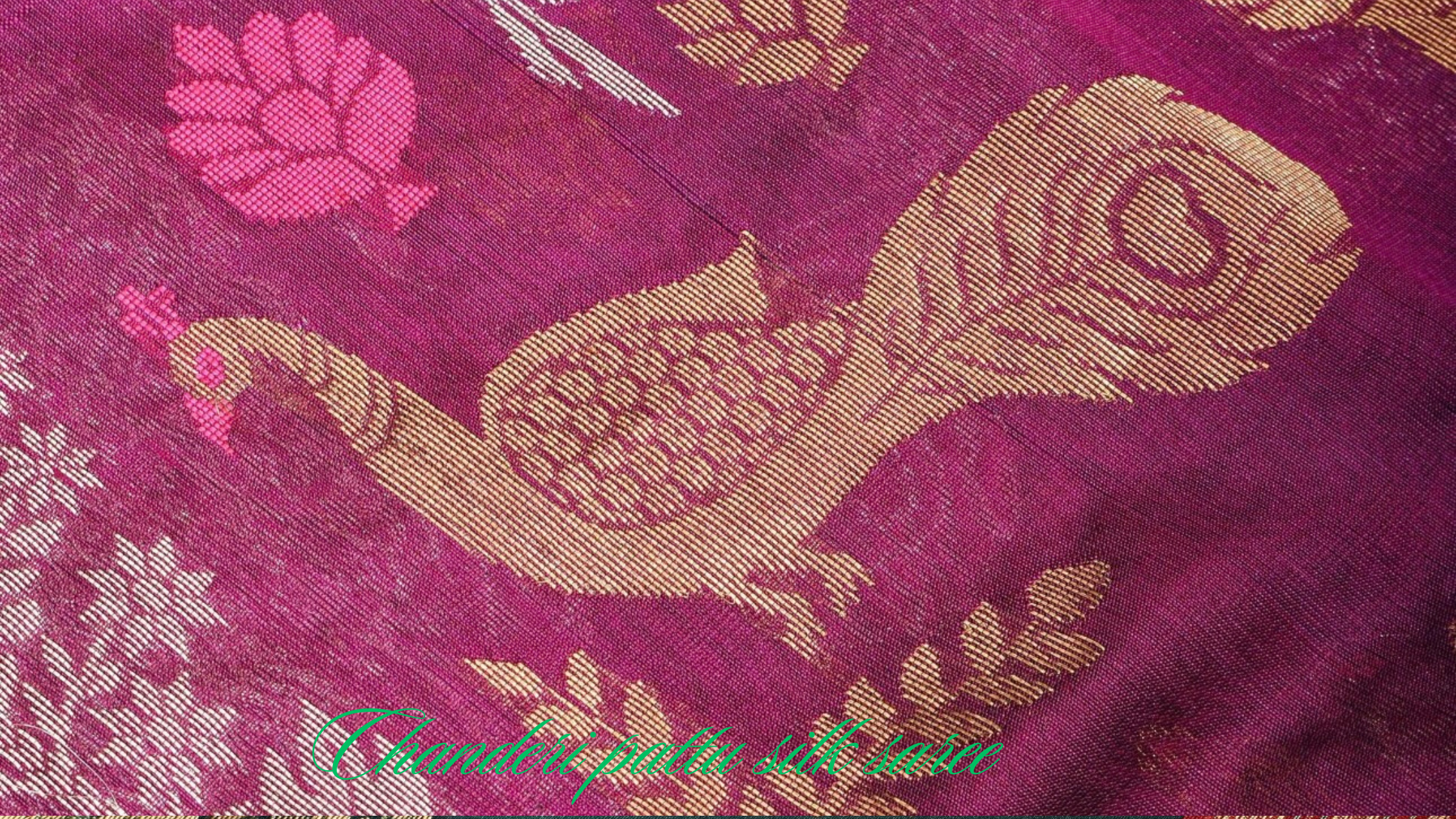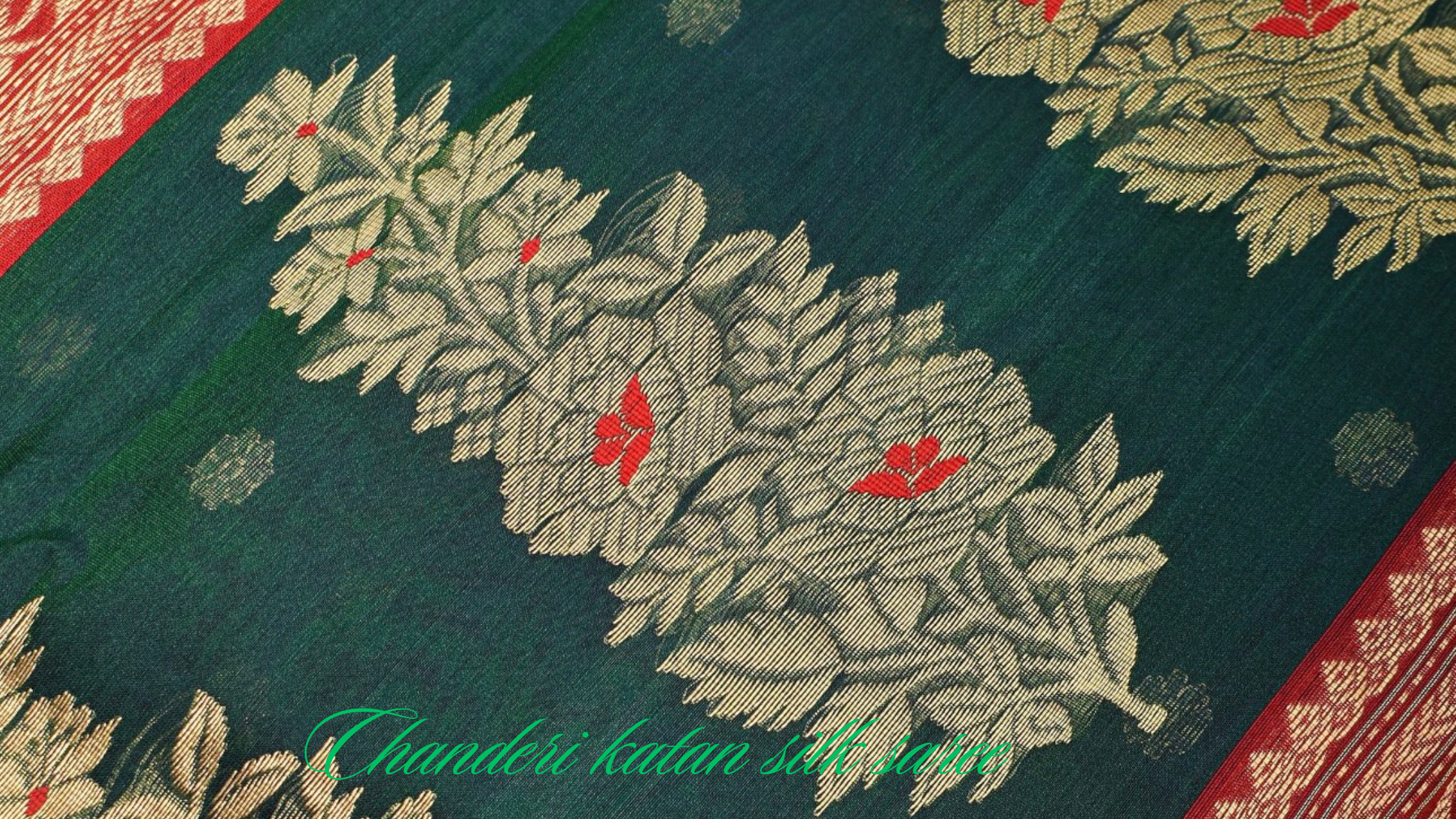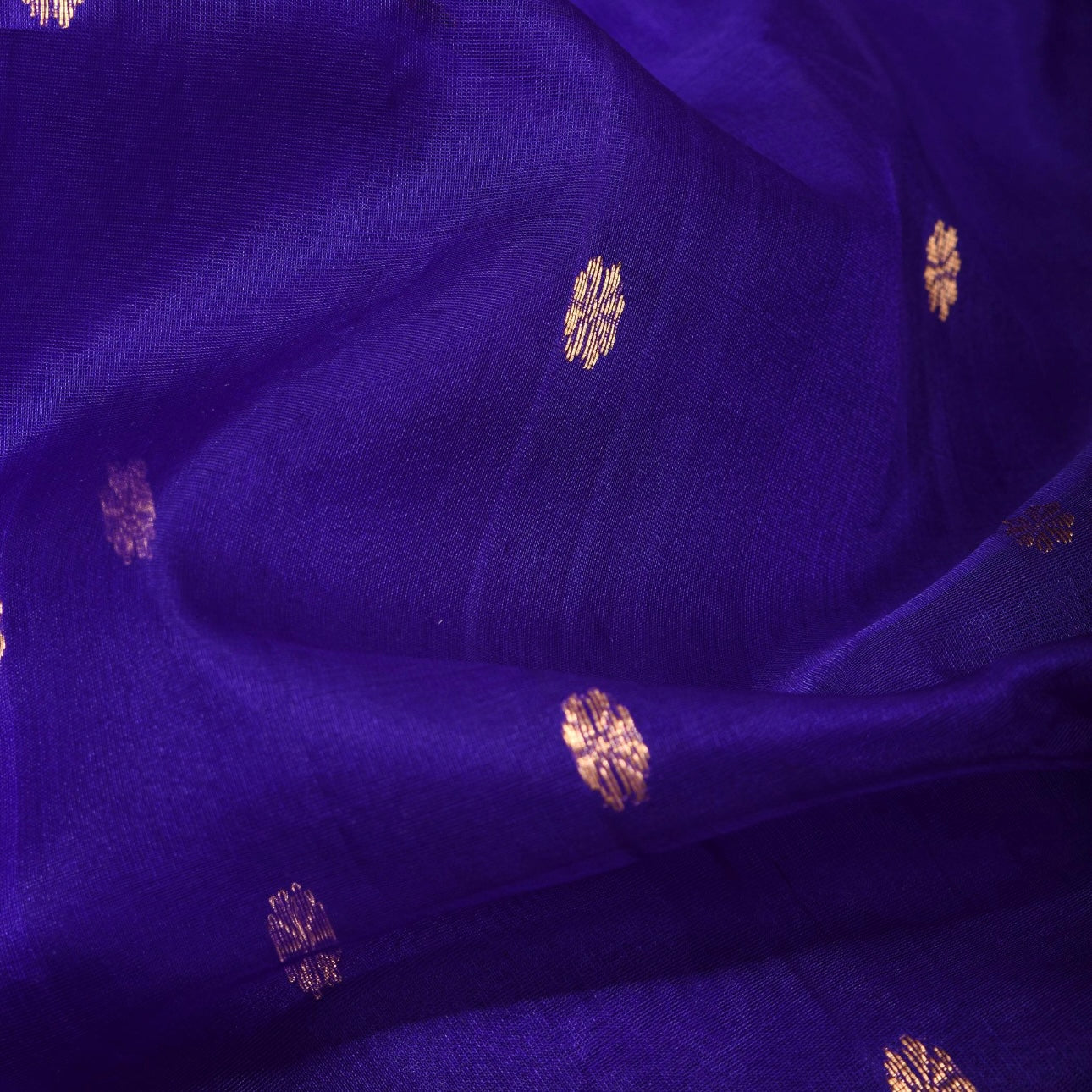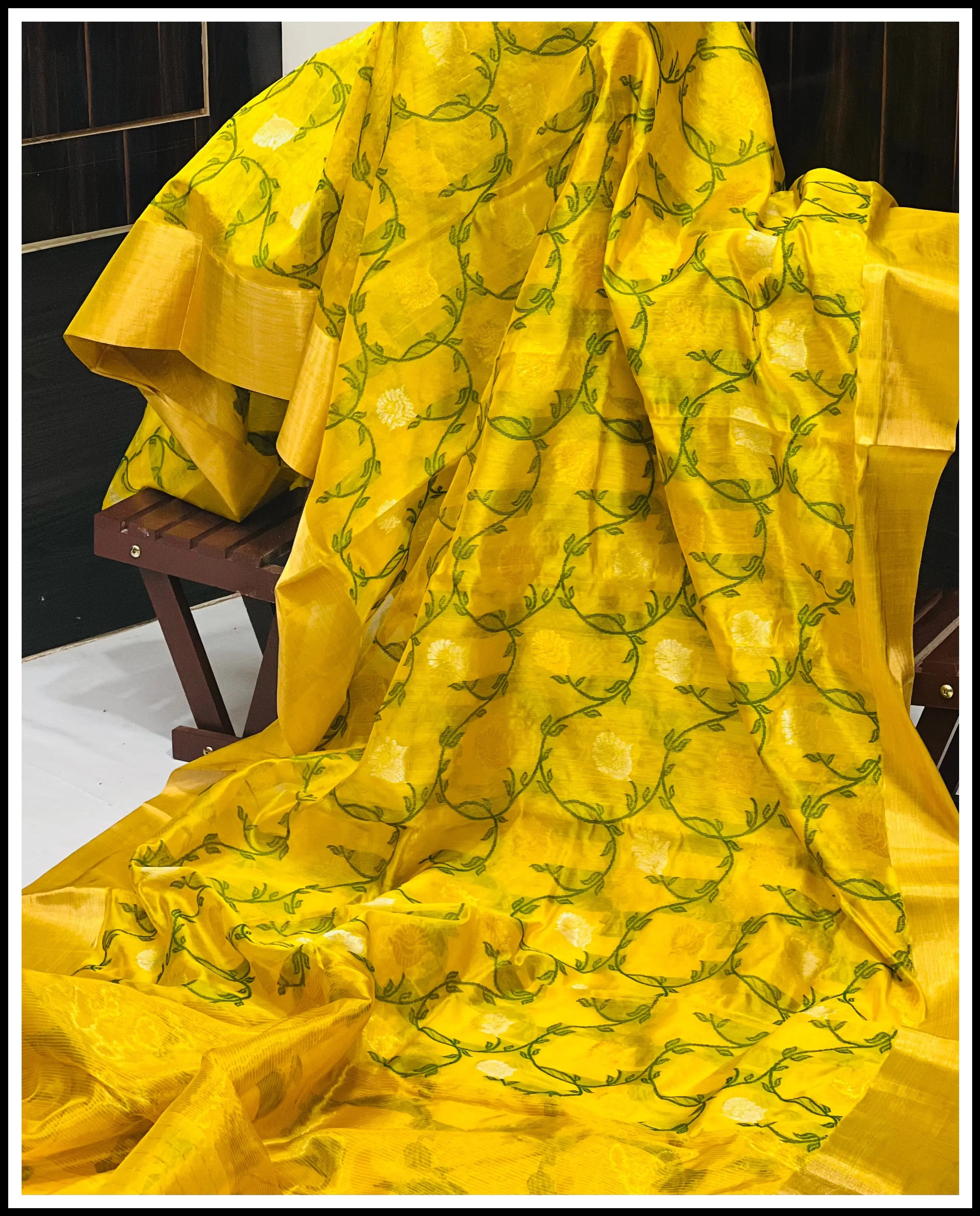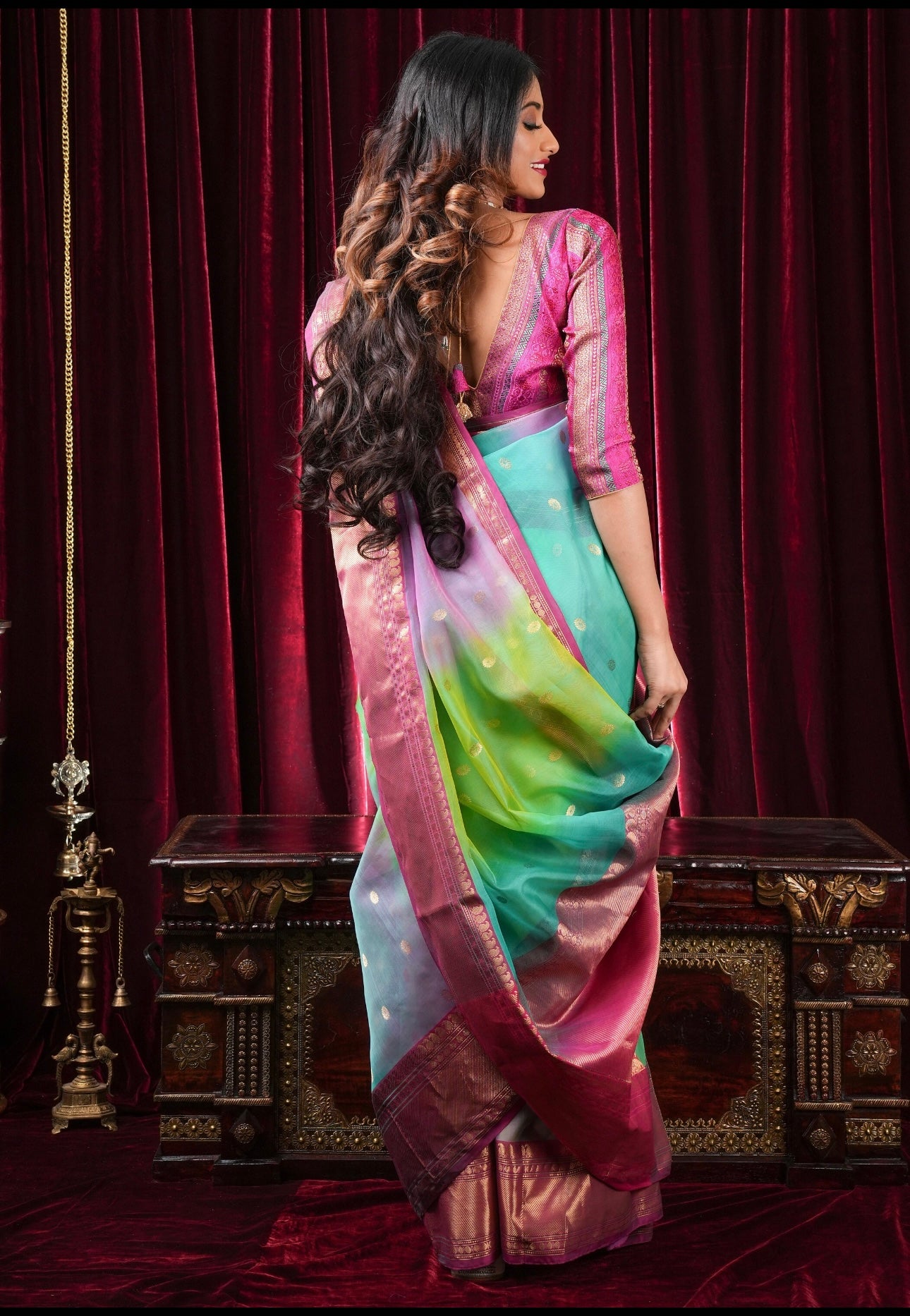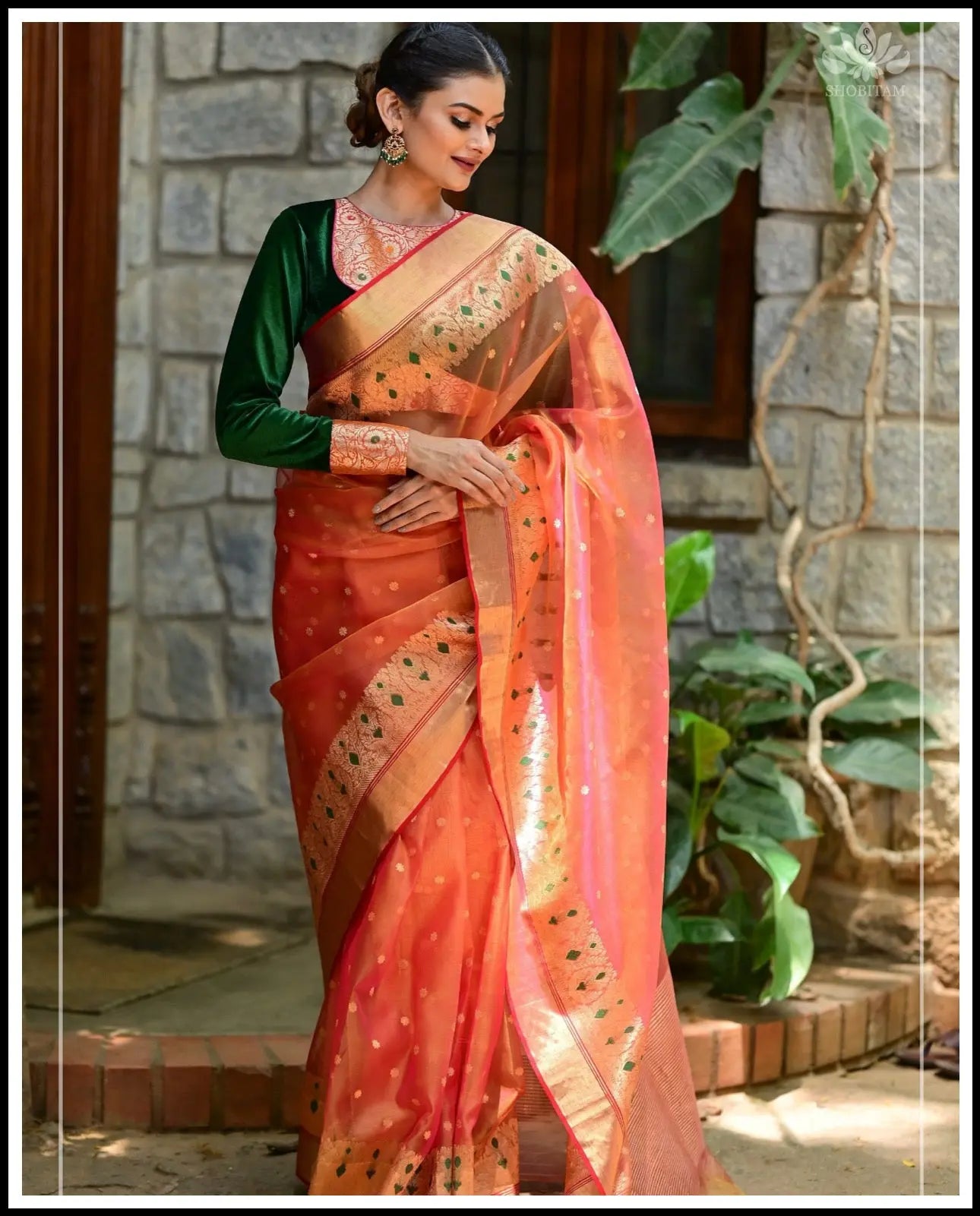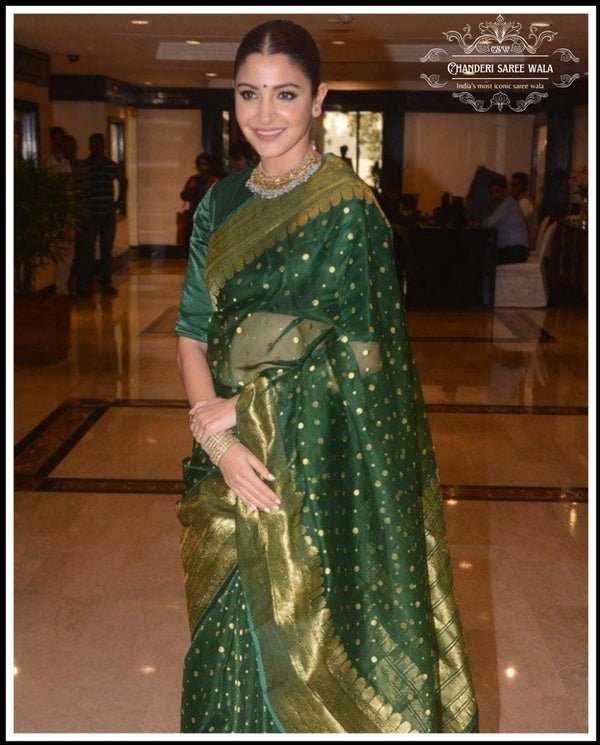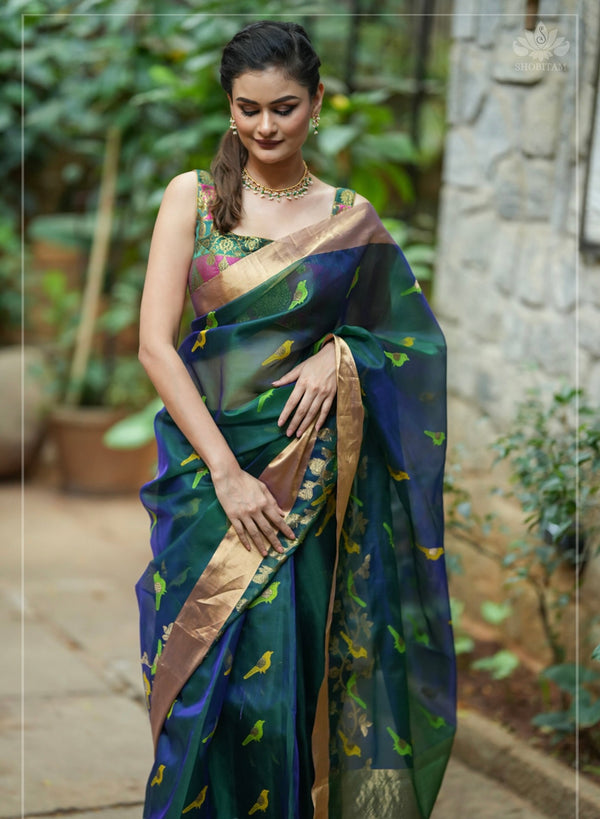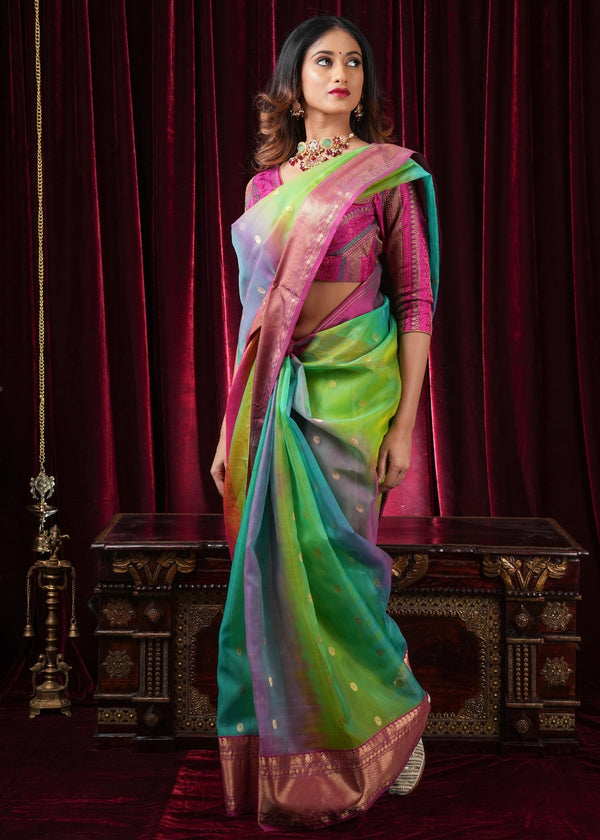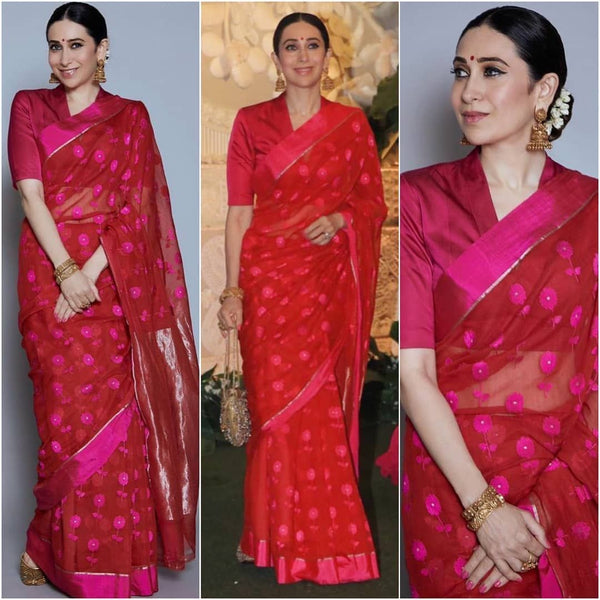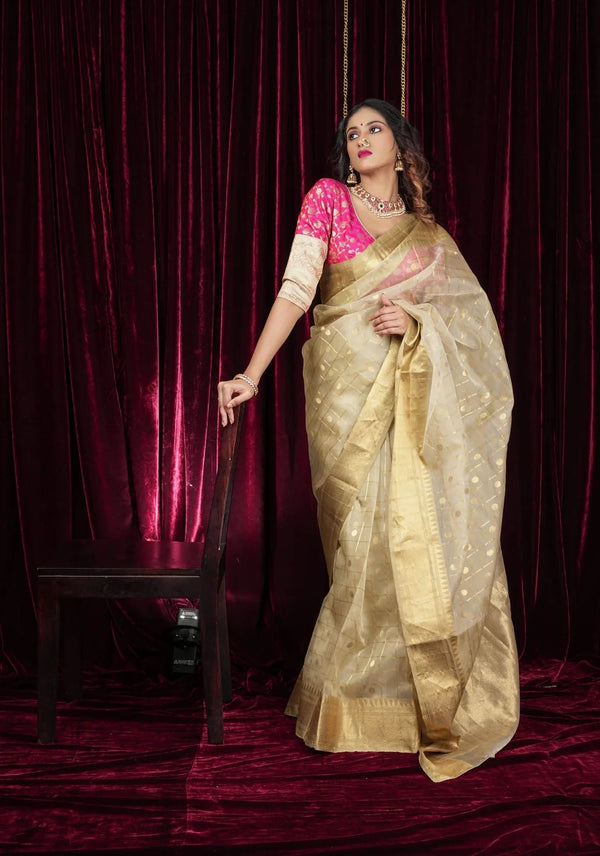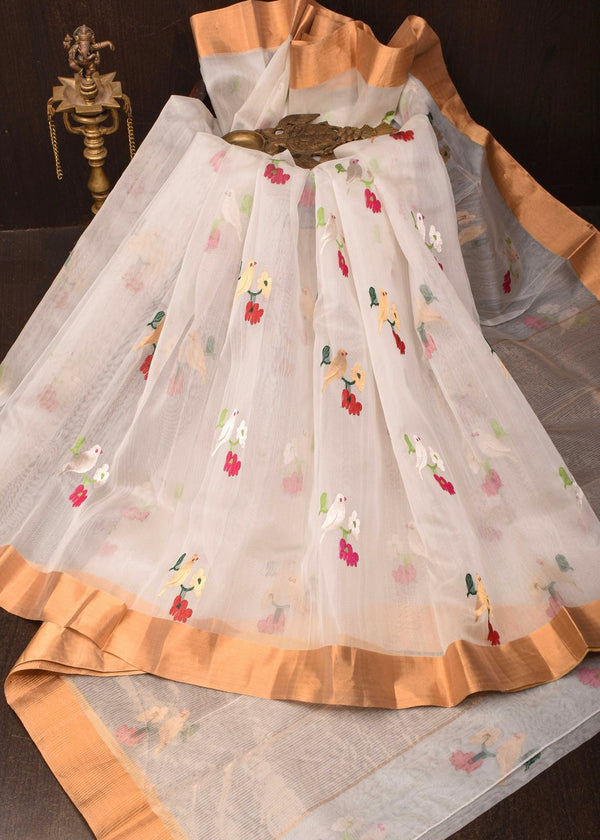
Traditional Weaving Techniques in Chanderi Sarees Explored
Delving into the realm of Chanderi sarees unveils a world where tradition meets innovation. The blend of silk and cotton weaves intricately crafted patterns reflecting nature, mythology, and daily life. Zari threads add a touch of opulence, symbolizing tradition and richness. Advanced technology like Jacquard looms preserves ancient techniques while enhancing efficiency. Traditional motifs like floral designs and zari work showcase the weavers’ expertise and cultural heritage. Every thread woven tells a story of artistry, dedication, and deep-rooted craftsmanship. Explore further to unravel the timeless allure of Chanderi weaving techniques.
Historical Origins of Chanderi Weaving
We trace the historical origins of Chanderi weaving back to ancient times when skilled artisans in the heart of India meticulously crafted exquisite textiles using traditional techniques. The evolutionary development of Chanderi weaving is a testament to the rich cultural influences that have shaped this art form over centuries. Artistic inspirations drawn from nature, mythology, and daily life have been intricately woven into the fabric of Chanderi sarees, reflecting a deep connection to the heritage and traditions of the region.
Design variations in Chanderi weaving have evolved over time, blending traditional motifs with contemporary styles to cater to changing tastes and preferences. The delicate patterns, intricate borders, and vibrant colors used in Chanderi sarees showcase the craftsmanship and attention to detail that define this ancient art form. Each saree tells a story of the weaver’s skill and creativity, making it a cherished piece of clothing that embodies the essence of Indian textile heritage.
Silk and Cotton Blending Techniques
Weaving silk and cotton together is a meticulous process that requires a deep understanding of both fibers’ characteristics. The blending techniques in Chanderi sarees involve carefully combining silk and cotton threads to create a luxurious yet breathable fabric. This intricate process results in the unique texture and sheen that make Chanderi sarees highly sought after in the world of traditional textiles.
Silk-Cotton Weaving Process
Utilizing a blend of silk and cotton fibers, the weaving process in Chanderi sarees intricately combines the strengths of both materials to create a unique and luxurious textile. Silk weaving in Chanderi is a delicate art form that dates back centuries, known for its fine texture and natural sheen. Cotton weaving, on the other hand, adds durability and breathability to the fabric, making it suitable for various climates. The process begins with carefully selecting the finest silk and cotton threads, which are then dyed using traditional techniques to achieve vibrant colors.
The weavers meticulously interlace these threads on handloom, a painstaking process that requires precision and skill. By blending silk and cotton in specific ratios, the resulting fabric marries the softness of silk with the sturdiness of cotton, creating a luxurious textile that drapes elegantly and feels comfortable against the skin. This intricate weaving technique not only showcases the craftsmanship of the artisans but also highlights the rich cultural heritage of Chanderi sarees.
Blending Techniques Explained
How do skilled artisans in Chanderi expertly blend silk and cotton fibers to create the luxurious and durable textile of Chanderi sarees? The blending techniques in Chanderi involve a meticulous process of color blending and texture manipulation. To achieve the perfect blend, artisans carefully mix silk and cotton fibers in varying ratios to create a fabric that embodies the best qualities of both materials.

